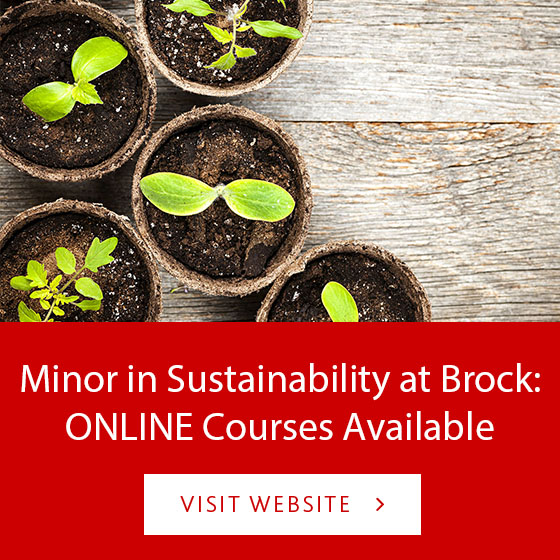Earlier in June, a group of influential researchers gathered at Theal House for the inaugural meeting of the Resilience Collaborative. The Resilience Collaborative is an initiative of the Environmental Sustainability Research Centre (ESRC). The primary goal of the collaborative is to develop insights about resilience and build the capacity of individuals, organizations, and communities to navigate complexity and change.
The collaborative brings together scholars who share a deep commitment to resilience as essential for sustainable futures. Resilience, in the context of social-ecological systems, is the ability to maintain and persist, to adapt when needed to changing conditions, and to transform when persistence and adaptation are no longer feasible. Resilience is a way of thinking that recognizes the complex interactions between society and our ecosystems. It embraces the idea of change and acknowledges uncertainty.
This new group includes researchers from the ESRC as well as partner organizations including the Vineland Research & Innovation Centre and the Healthy Headwaters Lab at the University of Windsor. Given that resilience is an approach that encourages broad and meaningful participation by stakeholders, learning from feedbacks, and taking action for biosphere stewardship, the inaugural meeting included the development of a vision for the first community-based project to be executed in the Town of Lincoln.
Stay tuned for exciting updates on the Resilience Collaborative and the inaugural collaborative project!









